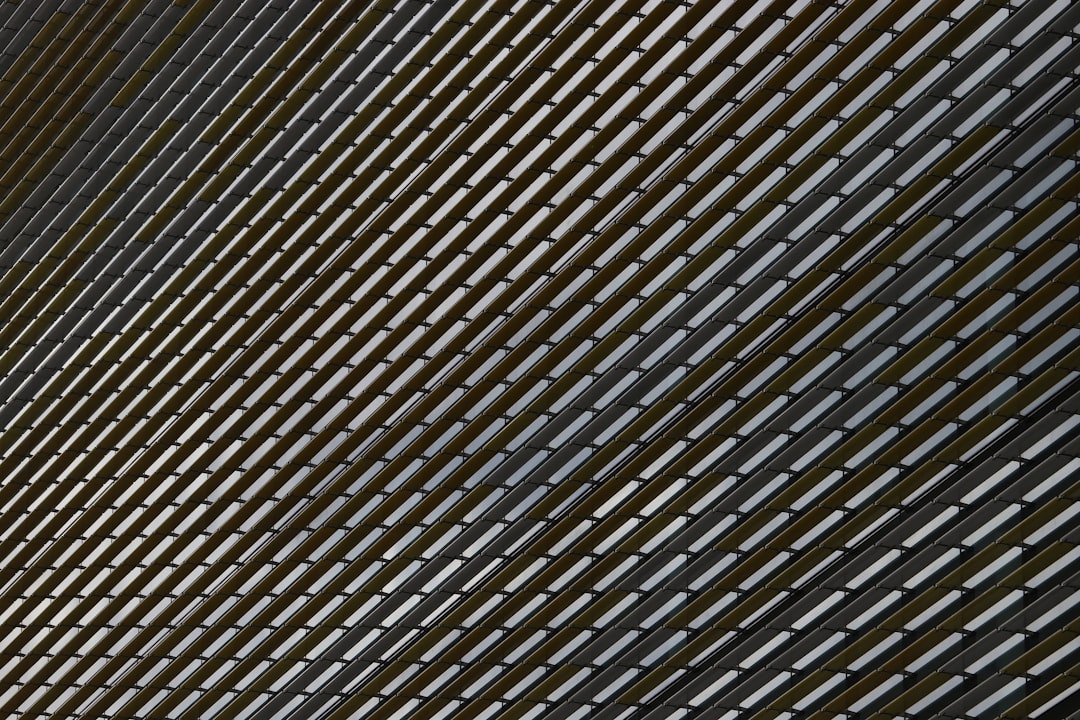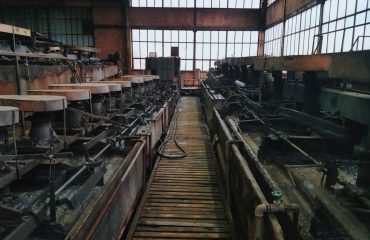Power plants, the behemoths of energy generation, rely on robust and reliable infrastructure. At the heart of this infrastructure lies a seemingly simple yet crucial component: steel profiles. From the towering structures to the intricate internal mechanisms, steel profiles form the backbone of modern power plants, ensuring safety, efficiency, and longevity. This post delves into the multifaceted role of steel profiles in power plant construction and operation.
1. Structural Support: The Backbone of Power Plant Construction
Steel profiles, encompassing a vast range of shapes like I-beams, H-beams, channels, and angles, provide the essential structural support for power plants. These profiles form the framework of buildings, supporting heavy machinery, and withstanding significant loads. The choice of profile depends on the specific application and load requirements. For example, I-beams are commonly used in the construction of large spans, such as turbine halls or cooling towers, due to their high bending strength. H-beams, with their wider flanges, offer superior stability and are often employed in columns and supporting structures for heavy equipment. The precise calculations of load-bearing capacity are crucial, requiring expertise in structural engineering to ensure the safety and stability of the entire plant.
2. Material Selection: Balancing Strength, Durability, and Corrosion Resistance
The selection of steel profiles is not a simple matter. Various factors must be considered, including strength, durability, corrosion resistance, and cost. High-strength low-alloy (HSLA) steels are frequently used due to their excellent strength-to-weight ratio, allowing for lighter structures without compromising structural integrity. In environments prone to corrosion, such as coastal power plants or those near industrial areas, weathering steel or steel profiles with protective coatings (galvanizing, painting) are necessary to extend their lifespan and prevent costly repairs. The choice of material is a delicate balance between performance, longevity, and economic considerations, often involving detailed material testing and analysis.
3. Manufacturing and Fabrication: Precision and Efficiency in Production
The manufacturing of steel profiles for power plants demands precision and efficiency. Modern steel mills employ advanced rolling techniques to produce profiles with precise dimensions and tolerances. These profiles are then further processed through cutting, welding, and drilling to create the necessary components for the power plant’s structure and machinery. The fabrication process often involves sophisticated techniques like robotic welding and automated cutting systems to ensure accuracy and speed. Quality control measures throughout the entire manufacturing and fabrication process are essential to guarantee the structural integrity and safety of the finished product. Any defects can have severe consequences in the high-stress environment of a power plant.
4. Specialized Applications: Beyond Structural Support
Beyond their primary structural role, steel profiles find specialized applications within power plants. They are used in the construction of:
- Crane runways: Supporting heavy-duty cranes for lifting and moving equipment.
- Piping supports: Providing stable support for the complex network of pipes carrying steam, water, and other fluids.
- Stairways and walkways: Ensuring safe access to different levels within the plant.
- Electrical conduit and cable tray systems: Protecting electrical wiring and cables from damage.
- Equipment mounting frames: Providing secure and stable mounting points for turbines, generators, and other critical equipment.
These specialized applications require careful consideration of the specific load requirements, environmental factors, and safety regulations.
5. Safety and Maintenance: Ensuring Long-Term Reliability
The safety and longevity of steel profiles in power plants are paramount. Regular inspections and maintenance are essential to detect and address potential problems before they escalate into major issues. This includes checking for corrosion, fatigue, and any signs of structural damage. Proper maintenance practices, such as painting and applying protective coatings, can significantly extend the lifespan of the steel profiles. Furthermore, adhering to strict safety regulations during installation and maintenance procedures is critical to prevent accidents and ensure the safe operation of the power plant. The consequences of structural failure in a power plant can be catastrophic, underscoring the importance of rigorous safety protocols.
In conclusion, steel profiles are an indispensable component of modern power plants. Their strength, durability, and versatility make them essential for structural support, specialized applications, and overall operational efficiency. By carefully selecting materials, employing precise manufacturing techniques, and maintaining rigorous safety protocols, the power industry can leverage the full potential of steel profiles to ensure the reliable and safe generation of power for years to come.
SEO Tags:
- Steel profiles power plants
- Steel structures power generation
- Power plant construction materials
- Industrial steel applications
- Steel profile selection guide




